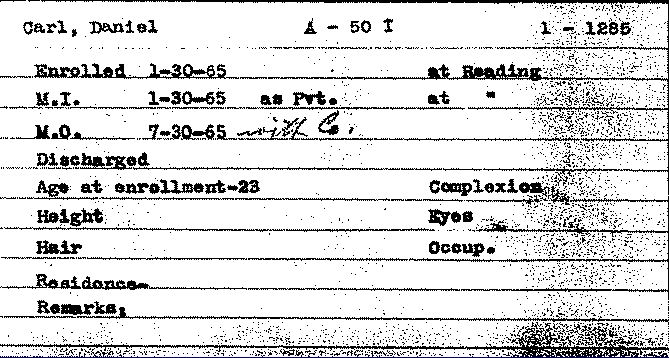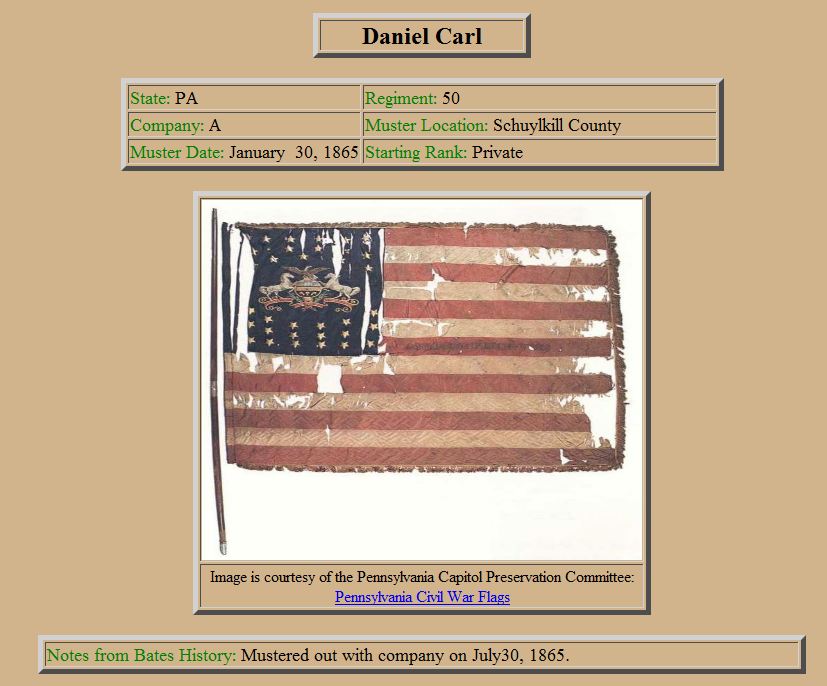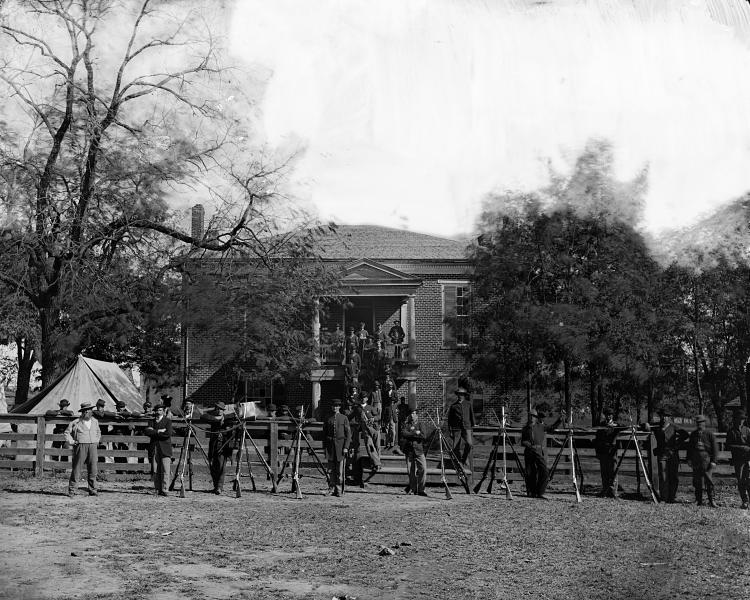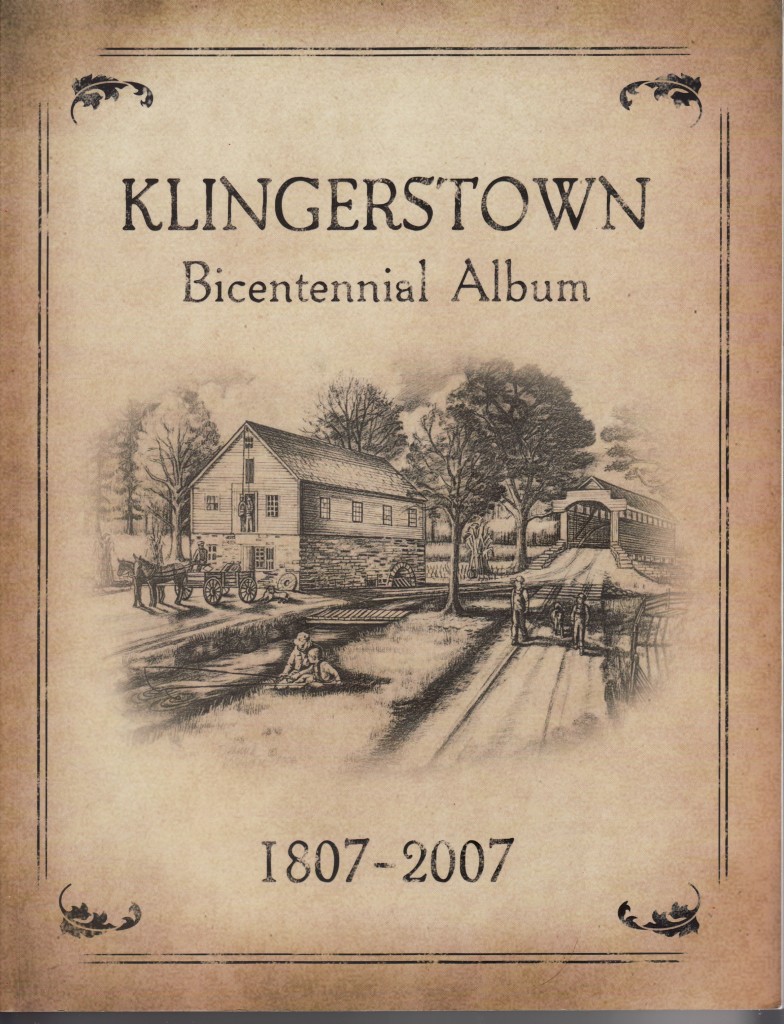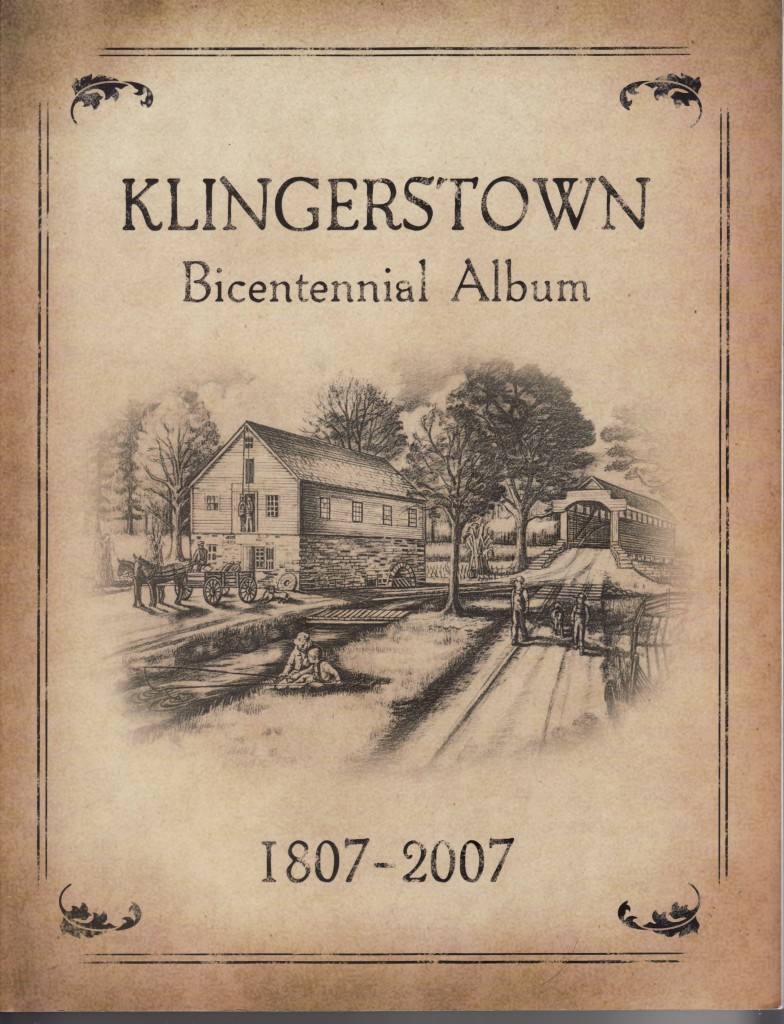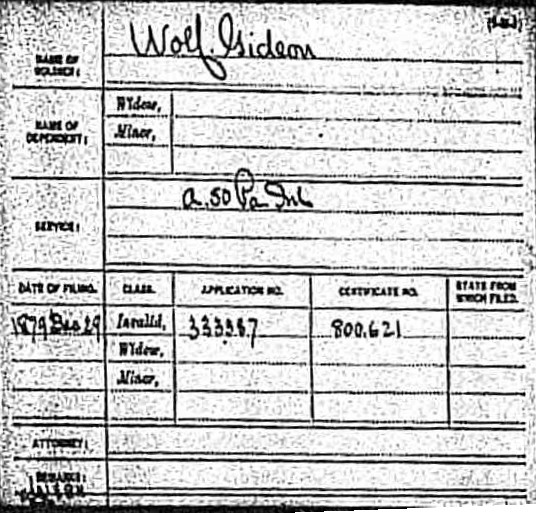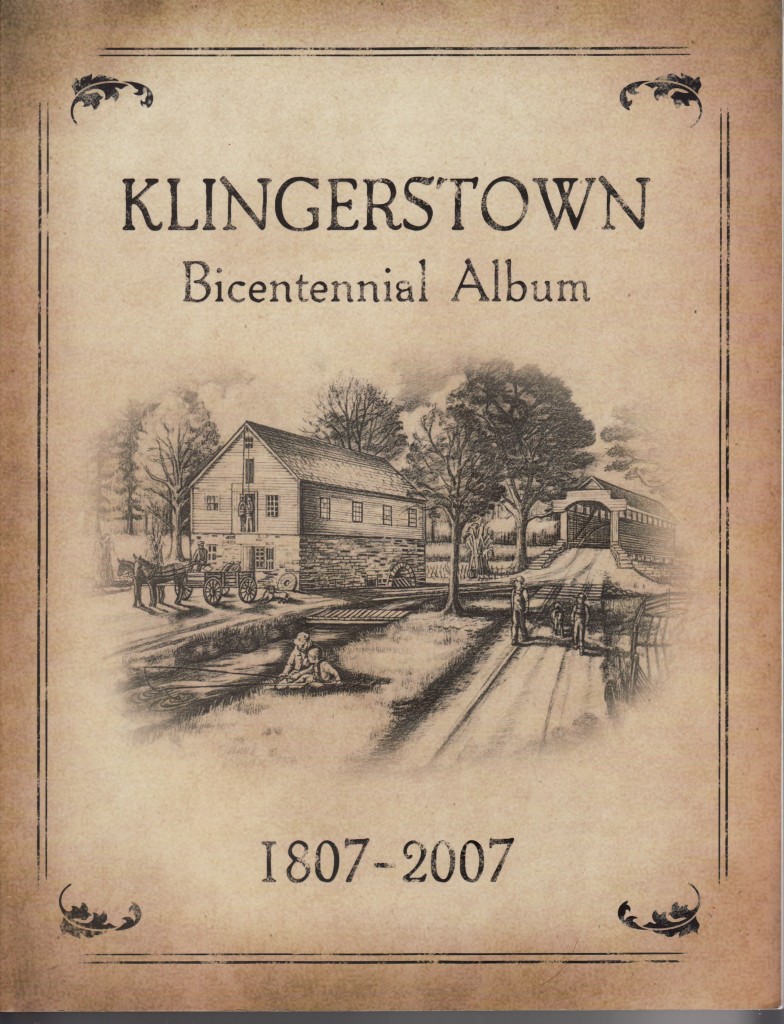Election of 1860 – A Further Look at the Totals by Counties
Posted By Norman Gasbarro on March 23, 2011
In two previous posts, the Election of 1860 was discussed in relation to determining how the Lykens Valley area voted. The importance of that election was made clear:
The election of 1860 was held throughout the United States on 6 November 1860. The result was that Abraham Lincoln won a majority of the electoral votes and thus was elected President of the United States. His election supposedly was the trigger that brought about the secession crisis. South Carolina voted to secede from the Union on 20 December 1860.
In the first post, entitled Election of 1860 and the Lykens Valley the state voting totals were given and there was an analysis of the simplified way in which the results were presented in textbooks. In the simple analysis, voting totals were not disaggregated beyond the total for each state and thus it was impossible to determine how specific areas within a state voted. Generalizations such as “Lincoln won Pennsylvania by a majority” were simply inadequate for our study of the Lykens Valley area and this Civil War Research Project. In the second post, the Election of 1860 – A Second Look, an attempt was made to determine how specific counties voted in the election. That post reported on several secondary sources and how they attempted to present county data for the election. While examining the county data as presented, it was discovered that confusing, if not incorrect information, was given by those secondary sources. Therefore, an attempt to find the original material upon which those county results were obtained continued. In this third look at the Election of 1860, I will report on an analysis of the Pennsylvania results by county and then give the actual vote totals within the three counties – from a printed source available on the election that was published in 1955. Keep in mind that at best, we are working with full county information for Dauphin County, Schuylkill County, and Northumberland County, and there still has not been a source of information located which breaks down those totals within a county in any way that give us a clue how the very southern part of Northumberland County, the western part of Schuylkill County, and the northern part of Dauphin County expressed their views in this critical election.
In his book Lincoln for President: An Unlikely Candidate, An Audacious Strategy, and the Victory Nobody Saw Coming (2009), Bruce Chadwick, describes the election results as they came in by telegram on election night with mention of specific counties. I have edited quotations by ellipses to focus on those important parts for our Civil War Research Project:
From Philadelphia, early: “returns already received indicate a majority for Lincoln in this city….”
From Allegheny, later: “Allegheny Co., Pa. Ten thousand majority for Republican candidate…”
In Pennsylvania, hard work paid off again. Breckinridge did well in some counties, but the Republicans surprisingly won over in a dozen southern border counties along the Mason-Dixon Line. In some, their gains over 1856 were startling, such as in Mifflin, where they went from 216 votes to 1,701, and York, where the tally leaped from 411 to 5,126, and in Centre, where the vote jumped from 390 to 3,021. The iron counties, where Lincoln’s support for the protective tariff was deemed so important, went solidly for Lincoln, some by landslides (he won two-thirds of the vote in Susquehanna, 60 per cent in Lycoming, and 63 percent in Schuylkill). He doubled the Republican vote from 1856.
The crucial southern border counties of Adams, Cambria, Clarion, Cumberland, Fayette, Westmoreland, Wyoming, Northampton, and Northumberland followed the surge. Eight of the nine switched and went for Lincoln, cutting off any possibility of a Breckinridge tide there. Lincoln swept through Pittsburgh with a three-to-one margin and beat Breckinridge in Philadelphia by 39,223 to 21,619, an increase from the Republican total of just 7,993 four years earlier.
The Republicans had three times their 1856 vote in Cambria County as in the iron belt, seven times the vote in Blair, three times the vote in Cumberland. By the end of the night, Lincoln had piled up a startling 89,159 plurality in Pennsylvania, nearly doubling Fremont’s 1856 total and carrying 56.3 percent of the vote to 37.5 percent for Breckinridge.
Two of the counties in our study are mentioned in the Chadwick analysis: Schuylkill and Northumberland. Nothing is mentioned of Dauphin County. The issue of the “iron counties” and Lincoln’s views on the protective tariff is introduced as a reason for the high vote totals for Lincoln. That issue needs further examination, as does the view that the candidate’s positions on the extension of slavery into the territories played or did not play an important role in how Pennsylvanians voted – something not included the Chadwick analysis of the Pennsylvania returns.
Two of the paragraphs of Bruce Chadwick give footnote references. These references are to the same book by W. D. Burnham, Presidential Ballots, 1836-1892, published by Johns Hopkins Press in 1955. A copy was found deep in the closed stacks of the Central Library of Philadelphia.
The first table presented below shows the winning party for each of the three counties in our Civil War Research Project area of study. It was already established that in the Election of 1860, the Republican Party (Lincoln) won in the three Pennsylvania counties indicated. This information is found on page 71 of Burnham’s book. What had not been established or discussed was that the wartime election of 1864, which pitted Abraham Lincoln against his former Gen. George McClellan, that McClellan defeated Lincoln in two of the three counties of our study.
| Election of 1860 | Election of 1864 | |
| Dauphin County | R | R |
| Northumberland County | R | D |
| Schuylkill County | R |
D |
The next table gives the actual vote totals for the parties in both the Election of 1860 and the Election of 1864.
| Dauphin County | Election of 1860 | Election of 1864 |
| Democratic Party |
195 |
4220 |
| Republican Party |
4531 |
5444 |
| Other Party 1 |
2392 |
– |
| Other Party 2 |
169 |
– |
| County Total Vote |
7287 |
9664 |
| Northumberland County | Election of 1860 | Election of 1864 |
| Democratic Party |
97 |
3608 |
| Republican Party |
2422 |
2915 |
| Other Party 1 |
2306 |
– |
| Other Party 2 |
72 |
– |
| County Total Vote |
4897 |
6523 |
| Schuylkill County | Election of 1860 | Election of 1864 |
| Democratic Party |
422 |
9540 |
| Republican Party |
7568 |
7851 |
| Other Party 1 |
4968 |
– |
| Other Party 2 |
139 |
– |
| County Total Vote |
13097 |
17391 |
A few words about the tables, the information for which is taken from page 710 of Burnham. Burnham’s totals were constructed from a source called the Tribune Almanac, published in 1861. That volume has not yet been located. Second, the votes for Stephen Douglas in the Election of 1860 were reported in “Other Party 1”, not in the Democratic Party. Finally, county results in Pennsylvania and Ohio for the election of 1864, included voting that took place in Pennsylvania military regiments (in some states, the results were reported separate from the county totals).
Several immediate conclusions can be drawn from this data. The number of people voting in Schuylkill County in each of the elections was more than those voting in Dauphin County and Northumberland County combined. McClellan in 1864 received more votes (total) in the three counties than did Lincoln – and considering that many more people voted in 1864 than in 1860, Lincoln did not significantly increase his total vote in 1864 over his total vote in 1860. Something happened between 1860 and 1864 that caused a shift in the voting patterns from Lincoln in 1860 to McClellan in 1864 – particularly in Schuylkill and Northumberland Counties. How voters who were in the military cast their ballots in 1864 would be a very important point in analyzing the shift in voting patterns between 1860 and 1864. Was it war weariness? Was it a shift in war aims from “Union” to “emancipation?” Why didn’t the shift occur in Dauphin County?
Caution must be exercised in analyzing these results too finely because we need to have a way to disaggregate the data so we can more fully understand how the portion of the three counties voted, rather than the way the whole county voted. Thus, the study of the Election of 1860 continues. In future posts on this election, we will try to analyze some specific voting patterns by ethnicity or other social/economic factors. Our search for specific results from townships, villages and boroughs continues. We may have to settle on anecdotal evidence if statistical evidence is not available. Hopefully, we will be able to discover both statistical reports and anecdotal evidence to enrich our understanding of this important election.
 ;
;


